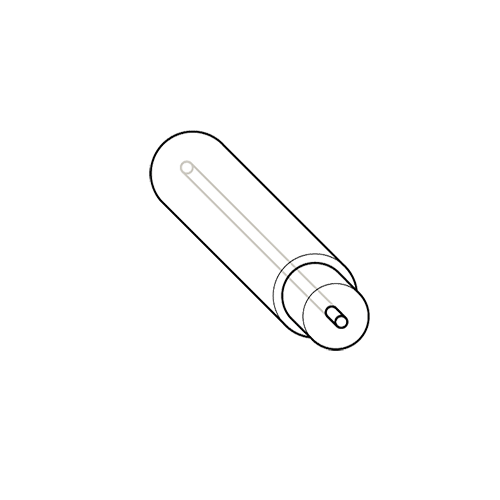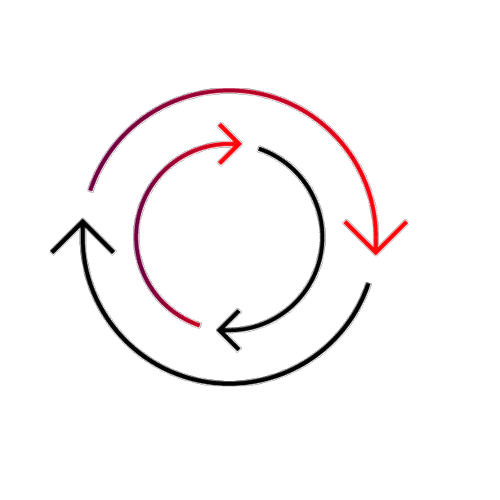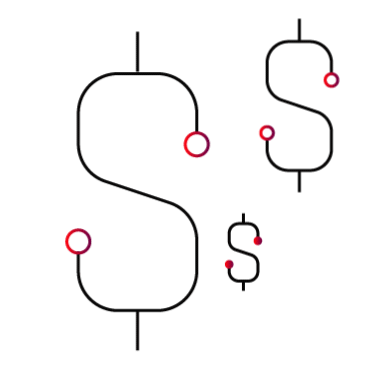10G Technology
Full Duplex Coherent Optics
Our Point-to-Point Coherent Optics technology takes existing access network fiber to the hyper-speed needed for 10G, boosting capacity to meet the growing demand of broadband consumers. Full Duplex Coherent Optics technology takes that to the next level. Welcome to the future of connectivity.
FAQs
- What is P2P (Point-to-Point) Coherent Optics?
-
P2P (Point-to-Point) Coherent Optics is a technology for creating a network connection between two points that uses coherent optical transceivers. In the context of the CableLabs’ Coherent Optics specification project, it is an access-optimized coherent optical transmission link that is tailored to address the particular traffic aggregation needs of cable and shorter lengths distribution networks in terms of capacity, network topologies, and deployment scenarios.
- How did P2P Coherent Optics evolve?
-
CableLabs’ P2P Coherent Optics technology evolved from the impending capacity needs of the evolving Distributed Access Architecture (DAA). Coherent optics technology usage in fiber is 40 times more efficient than non-coherent technologies, such as intensity-modulated direct-detect (IM-DD).
- How does P2P Coherent Optics work?
-
The P2P Coherent Optical system uses amplitude and phase to encode and carry large amounts of data over two polarizations at incredibly high rates, in a manner very similar to the way signals are modulated over coaxial cable in cable plants today. In order to enable coherent reception, a very high-quality, spectrally pure signal and a coherent receiver are used. The receiver uses a high-quality local optical signal that beats and mixes with the received signal. It also compensates and corrects for signal distortion and errors. The different polarizations and the information encoded in amplitude and phase are then separated and decoded. The conversion gain that comes from mixing the received signal with a strong local oscillator signal results in significant improvement in performance.
- How is P2P Coherent Optics used to support Distributed Access Architectures?
-
In the DAA cable environment, P2P Coherent Optics are used to establish high-capacity links from the hub to an aggregation node. This aggregation node serves as an aggregation site for lower-capacity 10Gbps Ethernet links that connect to new fiber-deep nodes. The fiber-deep nodes contain remote PHY devices or remote MACPHY devices in a Distributed Architecture, each potentially capable of providing up to 10 Gbps capacity over coaxial networks. Thus, in aggregate the P2P Coherent Optic link could carry more than 100Gbps.
- How does P2P Coherent Optics benefit consumers?
-
The significant capacity of fiber with P2P Coherent Optics technology indirectly facilitates higher speed tiers and related applications and services that rely on those speed tiers. In the near future, the large capacity made available through coherent optics will lower the cost per bit of optical transport which could be passed along to consumers. P2P Coherent Optical systems enable dense deployment of cellular and wireless services which results in availability and improvement of those services. Also, the efficient use of wavelength and fiber resources with P2P Coherent Optical systems opens up wavelength resources that can be used to improve network reliability and quality of experience.
- How is CableLabs and the industry cooperating to develop P2P Coherent Optics?
-
CableLabs’ coherent optics specification effort includes the participation of more than 18 leaders in the networking and optical transport space and a similar number of cable operators. This effort is set to develop 100Gbps, 200Gbps and 400 Gbps P2P coherent link specifications for environments typical in cable access distribution networks.
- What is Full Duplex Coherent Optics?
-
Different from dual-fiber or dual-laser coherent bidirectional connections, Full Duplex Coherent Optics uses a single wavelength and a single fiber for simultaneous coherent optical communications in both directions, thus doubling the system capacity. A special optical component, called an optical circulator, is required to directionally duplex the bidirectional coherent signals. With this new dimension of direction-division multiplexing (DDM) in the optical domain, any coherent wavelength can be used twice, once in each direction, thus doubling the whole fiber system capacity. This full-duplex implementation is not wavelength-selective. It works for short and long wavelengths, and covers the entire fiber transmission window.
- How did Full Duplex Coherent Optics evolve?
-
Full Duplex Coherent Optics evolved from the need to cost effectively support Coherent Optics technology on networks with only a single fiber available while avoiding retrenching new fiber.. According to a survey of cable operators, 20 percent of existing cable access networks use a single-fiber topology. That means that downstream and upstream transmission takes place on a single strand of fiber. It is estimated that over the next 5 years, this number could grow to 60 percent. Therefore, bidirectional transmission over a single fiber is needed to support single-fiber topologies. Full Duplex Coherent Optics is an elegant solution for the single-fiber transmission in both directions without the need for two laser sources in coherent transceiver.
- What makes Full Duplex Coherent Optics possible?
-
Unlike backbone and metropolitan coherent optical networks, cable access networks don’t require multiple directional optical amplifiers in cascade. When dealing with coherent signals, they have much higher Optical Signal to Noise Ratio (OSNR) sensitivity and higher tolerance to the impairments from the reflected noise. These two major factors, access and coherent signals, enable the operation of Full Duplex Coherent Optics.
- How does Full Duplex Coherent Optics work?
-
Unlike backbone and metropolitan coherent optical networks, cable access networks don’t require multiple directional optical amplifiers in cascade. When dealing with coherent signals, they have much higher Optical Signal to Noise Ratio (OSNR) sensitivity and higher tolerance to the impairments from the reflected noise. These two major factors, access and coherent signals, enable the operation of Full Duplex Coherent Optics. With this new dimension of direction-division multiplexing (DDM) in the optical domain, any coherent wavelength can be used twice, once in each direction, thus doubling the whole fiber system capacity. This full-duplex implementation is not wavelength-selective. It works for short and long wavelengths, and covers the entire fiber transmission window.
- How does Full Duplex Coherent Optics benefit consumers?
-
Full Duplex Coherent Optics will significantly increase the value of the currently-deployed fiber infrastructure. This technology can be easily implemented in single-fiber networks without the need for new chips for digital signal processing, thus reducing hardware and operation costs. These savings can be passed on to the consumer.
- How is CableLabs and the industry cooperating to develop Full Duplex Coherent Optics?
-
The Full Duplex Coherent Optics scheme is being seamlessly incorporated into the ongoing CableLabs’ P2P Coherent Optics specification effort. The companies already involved in the development of P2P Coherent Optics technology have rigorously vetted the concept to ensure it will work as intended, both through analysis and testing.




